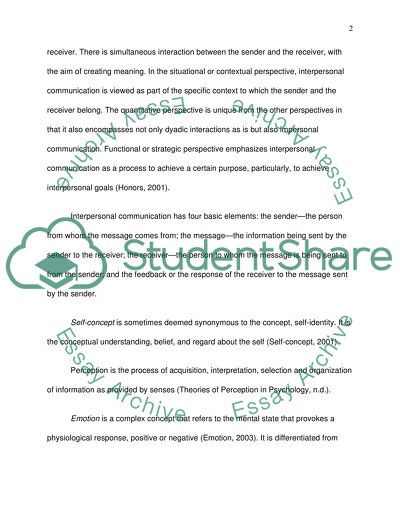Cite this document
(How Self-Concept, Perception, and Emotion Impact Interpersonal Communi Case Study, n.d.)
How Self-Concept, Perception, and Emotion Impact Interpersonal Communi Case Study. Retrieved from https://studentshare.org/social-science/1538855-how-self-concept-perception-and-emotion-impact-interpersonal-communication
How Self-Concept, Perception, and Emotion Impact Interpersonal Communi Case Study. Retrieved from https://studentshare.org/social-science/1538855-how-self-concept-perception-and-emotion-impact-interpersonal-communication
(How Self-Concept, Perception, and Emotion Impact Interpersonal Communi Case Study)
How Self-Concept, Perception, and Emotion Impact Interpersonal Communi Case Study. https://studentshare.org/social-science/1538855-how-self-concept-perception-and-emotion-impact-interpersonal-communication.
How Self-Concept, Perception, and Emotion Impact Interpersonal Communi Case Study. https://studentshare.org/social-science/1538855-how-self-concept-perception-and-emotion-impact-interpersonal-communication.
“How Self-Concept, Perception, and Emotion Impact Interpersonal Communi Case Study”. https://studentshare.org/social-science/1538855-how-self-concept-perception-and-emotion-impact-interpersonal-communication.


